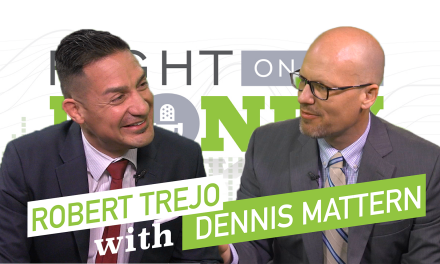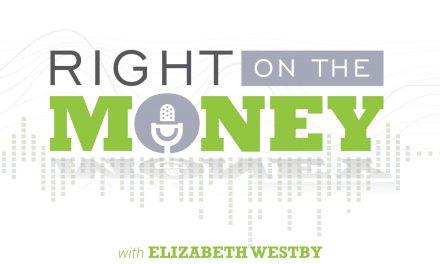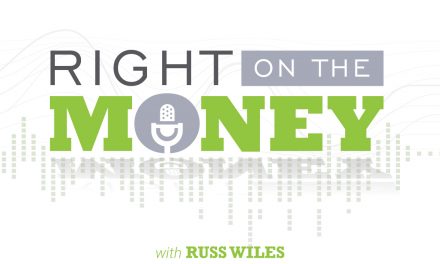Understanding Your Plan Choice to Make Smarter Health Plan Decisions
The health insurance industry is chock full of acronyms very few consumers actually understand. Too often, consumers are too focused on bottom line costs while not fully understanding network terminology, like PPO, HMO or HSA. This creates another obstacle for health insurance consumers—they don’t understand terminology or have enough information to differentiate plans and networks, so they purchase plans that don’t adequately meet their needs.
PPO, HMO, HSA…what does ANY of this actually mean?
We all know the law requires us to have health insurance, but too often we, as consumers, make some of our most important decisions based on bottom-dollar costs without taking into consideration some of the most important factors. Often, we’re looking at whether or not a plan includes copays for services such as doctor visits and prescriptions, or how high the deductible is, while overlooking a vitally important piece of the puzzle—the network a plan utilizes.
Typically, the lowest-cost plans utilize “HMO” networks. HMO stands for “Health Maintenance Organization.” Generally speaking, HMO’s will offer more restricted access to the healthcare system. Quite often, you’ll find many of the top-rated hospitals in your area do not accept HMO plans, or accept very few. Your list of “in-network” physicians will also generally be significantly smaller than you typically see with PPO plans (which we’ll touch on here as well).
With an HMO, you must designate a “gatekeeper” physician to be your point of contact for all your healthcare needs. If you require medical attention for something beyond the scope of your gatekeeper’s area of expertise, you must get their referral in order to see a specialist or any other healthcare provider. HMO plans, as a rule of thumb, do not provide any coverage for services provided by a healthcare provider outside of the HMO network. The importance of this fact cannot be understated.
PPO’s are inherently different. PPO stands for “Preferred Provider Organization” and generally does provide coverage for services received by providers outside of the PPO network. While the cost of services provided by a provider outside of the PPO network is often much higher, your access to hospitals, doctors and other facilities is typically much broader, giving someone who is insured under a PPO more freedom to choose their providers.
These are the two types of network arrangements we see in the health insurance market, and then, from them, we have different plan types, such as HSA Qualified High Deductible Health Plans, or “HDHP’s”.
These HSA qualified HDHP’s can utilize either an HMO network or a PPO network. In order to be deemed as a “qualified” plan, the health insurance plan cannot not have copays for doctor visits, prescriptions or anything else prior to the deductible being met. In other words, if you go to the doctor for an illness, and the cost of whatever that doctor did to treat you was $200, then $200 is what you’ll have to pay.
However, the benefit of a qualified HDHP with an HSA is the HSA itself. HSA stands for “Health Savings Account.” Think of it as a bank account you’re allowed to have in conjunction with a qualified HDHP, in which you, your employer or both of you may contribute money to, up to an IRS-specified cap. Any amount you personally contribute to this account (in other words, not your employer) becomes tax deductible on your personal income tax return the following year, and more importantly, as long as you use this money for qualified medical expenses, you never pay taxes on the money you contribute to the HSA.
Watch the video interview with industry insurance expert and contributing author on different types of plans and networks, Kathy Garza. She provides clarity for those of us who are confused by health insurance acronyms and terminology, thus helping us gain understanding so we can make more-informed consumer choices regarding the health plans we purchase.
Nationally syndicated financial columnist Steve Savant interviews employee benefit specialist Kathy Garza on the Obamacare Update. Right on the Money is a weekly one-hour online broadcast for TV and radio distribution. The show contains five ten-minute segments that are redistributed online as individual video press releases.




